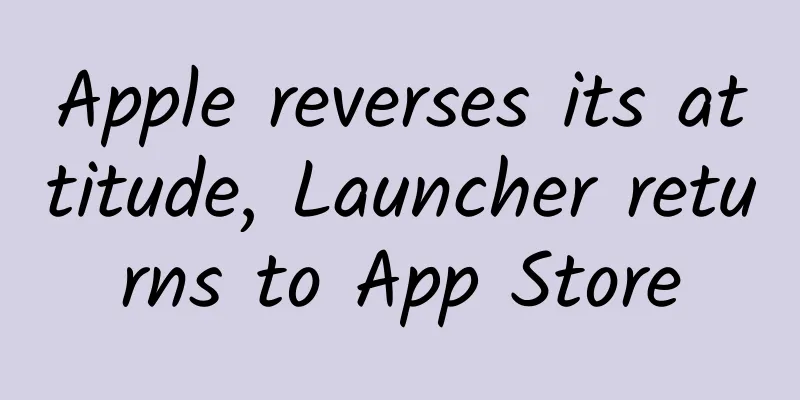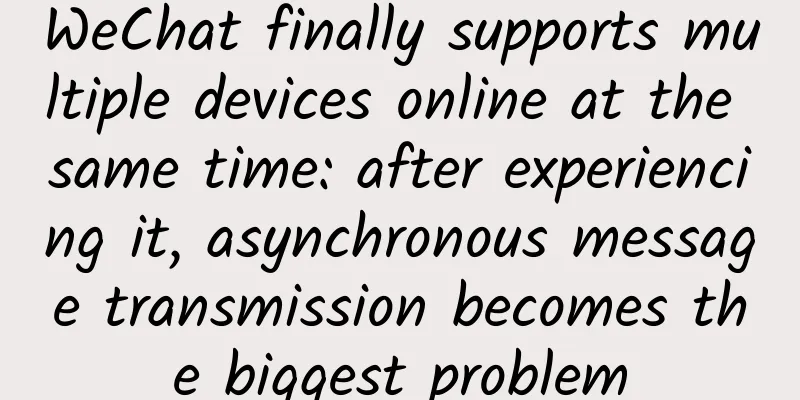Apple reverses its attitude, Launcher returns to App Store

|
Compared with previous versions of the operating system, the most obvious change in iOS 8 is that it presents developers with greater openness, such as app extensions, plug-ins, and third-party input methods. At the beginning of the system's release, many applications took full advantage of these new features and quickly launched their own applications. Launcher is one of them. This application uses the plug-in function of the notification center to allow users to quickly open applications or complete operations such as dialing phone numbers. After developer Gardner submitted the app, Apple approved it. The app was very popular with users and quickly received 300,000 downloads. However, about a week later, Apple removed the app on the grounds that Launcher abused the plug-in function. Later, Apple also removed the high-profile PCalc and Drafts 4 applications, and repeated the same process over and over again. Launcher's developers then kept trying to submit different versions of the app, hoping to pass the review. Earlier this month, a limited version of Launcher passed Apple's review (it could only make calls, send emails, send messages, and access FaceTime). Developer Gardner asked why this application passed the review but his original version did not. The reviewer said that the original version and its functions are currently acceptable. For Gardner, he did not remove any features from the initial version. Apple reviewers told him again that when a new feature is initially released, they will be more conservative, but after a period of time, restrictions are sometimes relaxed. Gardner said that this was the case with the review. (Editor's note: But it is possible that the reviewers overlooked it. If so, the app will be removed soon.) Due to Apple's reversal of attitude, Launcher is now available for free download (available in the US). Launcher currently retains all the functions of the initial version, and all shortcuts are divided into four parts: Contact Launcher, Web Launcher, App Launcher and Custom Launcher. Among them, the shortcut operations that users can create through Contact Launcher include calling contacts, writing emails, FaceTime calls, locating to specific locations, sending messages, and others; Web Launcher settings allow the system to automatically open specified URLs; App Launcher allows users to open specific apps, whether they are Apple's own apps or third-party apps; the custom function allows users to create buttons for any installed applications and any other URL schemes. |
<<: The most undesirable bug in Android: fix is nowhere in sight
>>: 360 Mobile executives make their debut: Zhou Hongyi fights Lei Jun again
Recommend
Darwin was originally a "nerd" who wanted to be a pastor, and his brilliant masterpiece was not his original work?
Copernicus's On the Revolutions of the Celest...
Yutu visits the "Dragon's Back" "Yutu-2 Driving Diary"
Although the back of the moon is vast, there are ...
Deeply understand the principles of Android plug-in technology
[[431328]] Preface The plug-in technology origina...
What is "fighting fire with fire"?
As of 8:30 a.m. on August 26 Through joint effort...
Why is China's 5,000 years of history not just a legend?
Five Thousand Years of Chinese Civilization Seven...
Hezhou Mini Program Customization Company, how much does it cost to customize an automatic ordering mini program?
There is no fixed price for the customization of ...
Sword pointing to offer data structure and algorithm
Brief introduction to offer data structure and al...
Solid info! 5 ideas for new media operations!
Today I’m going to talk about the overall idea of...
How can we effectively improve ROI if we don’t do monitoring and analysis for app promotion?
Local promotion is an effective way for App to ac...
4 steps to product advertising conversion: analysis of search advertising conversion
The ultimate goal of search advertising is to bri...
Is there still hope for the silent Android TV games in this cold wave?
Looking back at the whole year of 2015, the TV ga...
Is H5 really becoming popular?
A few days ago, I saw a friend in the Internet ci...
GITC 2014: Great changes in the Internet era from the perspective of technology development services
[[120836]] In today's ever-changing era, pred...
Lanzhou Mini Program Financial Functions, What Should We Pay Attention to When Developing Mini Programs?
Nowadays, the development of the financial market...









